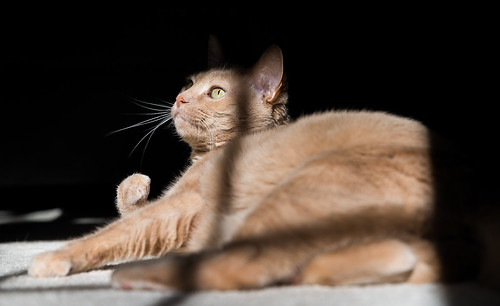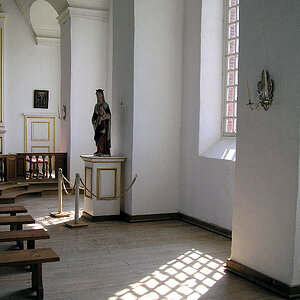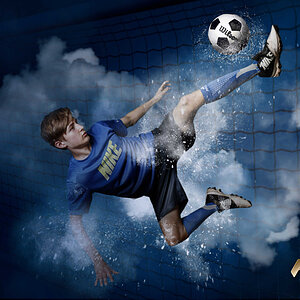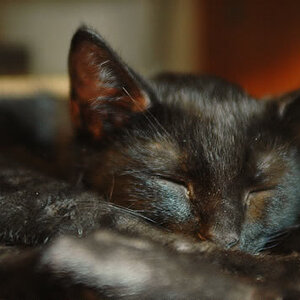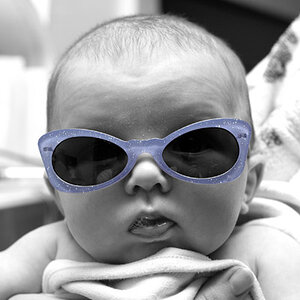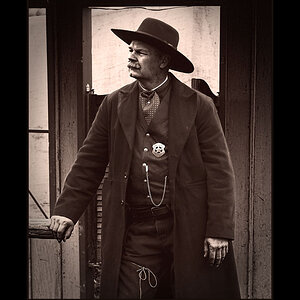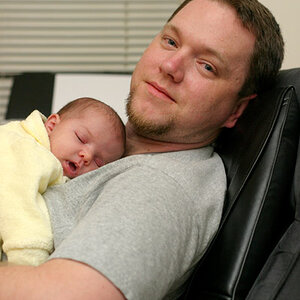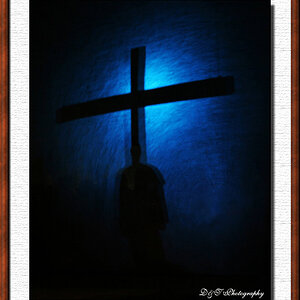jameseder
TPF Noob!
- Joined
- Apr 4, 2014
- Messages
- 1
- Reaction score
- 0
- Location
- Sydney
- Can others edit my Photos
- Photos OK to edit
I took some portrait and full body photos yesterday however I'm not too happy with the ones that were taken of the subject sitting next to the window with the light coming in from their left side and me directly in front of them. It revealed darkness under the eyes and a lot of lines that were undesirable, as opposed to a more clean look when I took them standing in front of a wall with the sun behind me. The light coming in from the outside wasn't sunny, it was quite cloudy, but did that side light disrupt the photo? Was it the reason the lines become unflattering and undesirable and the darkness around the eyes and nose was so apparent? There was no flash either. The ISO was around 400.


